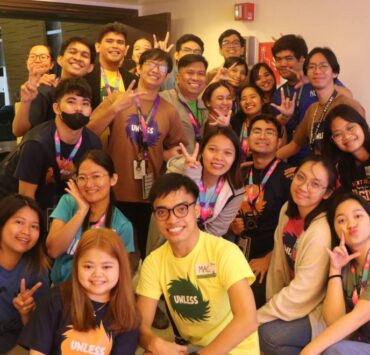Gabriel Garcia Marquez tale gets a Filipino twist
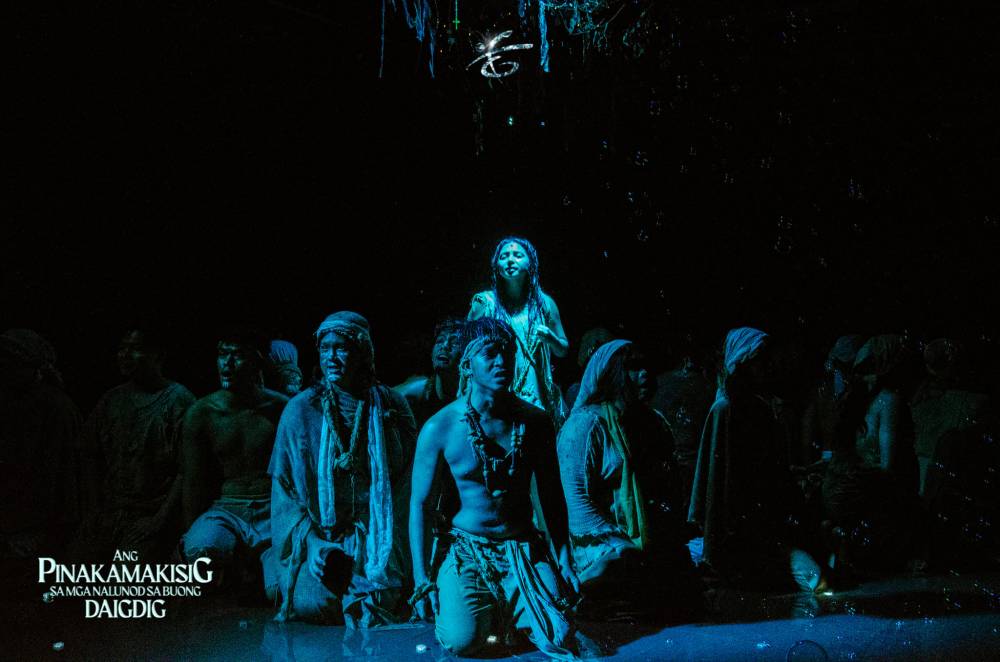
One of the more curious tales of Gabriel Garcia Marquez, Nobel Prize laureate, is the short story “The Handsomest Drowned Man in the World,” translated into English in 1968. It is the story of children playing in a small seaside village and finding a huge object. The children raise the alarm and the men come, and after cleaning the strange thing, they discover that it is “the tallest, strongest, most virile, and best built man they had ever seen.”
And so the women fall in love with this extra large, magnificent, poor drowned man. The oldest woman in the community calls him Esteban, symbol for a man of beauty, and looks at him with compassion while the younger women gaze at him with passion, much to the annoyance of the men. The women make a shrine out of the wake and cover Esteban with flowers before returning him to the sea.
And so, from that day, the island is known to sailors passing along as “Isla Esteban.”
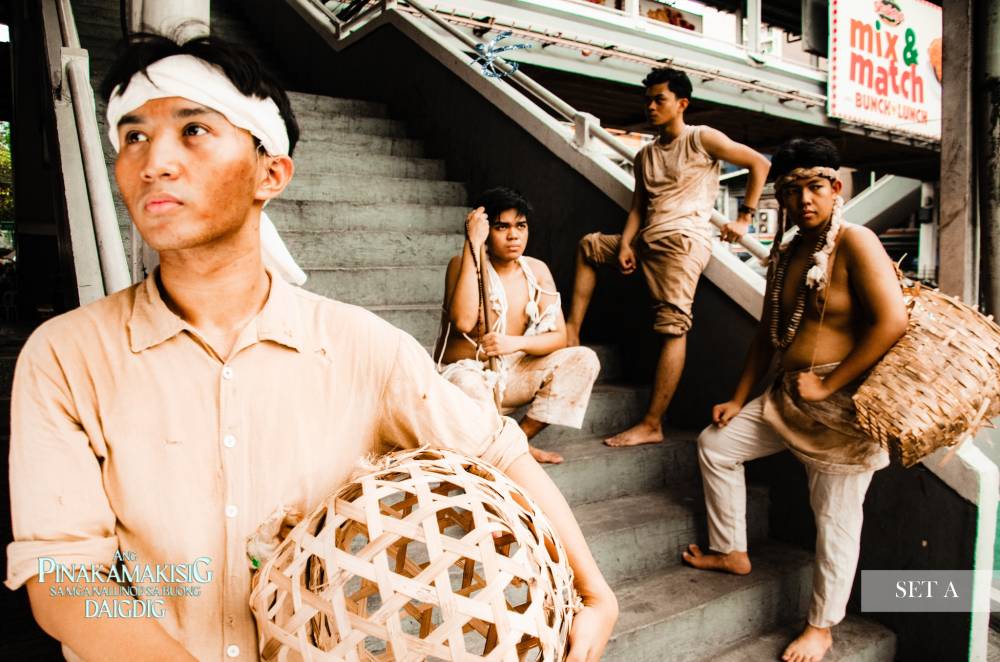
It is this seven-page story filled with morbid humor that director Duds Teraña and writer Teresa Lorena Jopson have transformed into a one hour-40 minute musical play titled “Ang Pinakamakisig sa mga Nalunod sa Buong Daigdig,” exploiting the island setting of the story, enhancing the reaction of the villagers, and creating tension between the men and the women.
The composer is Jeff Hernandez, with musical direction by Jesus Singh III. This is a Far Eastern University (FEU) Theater Guild Production.
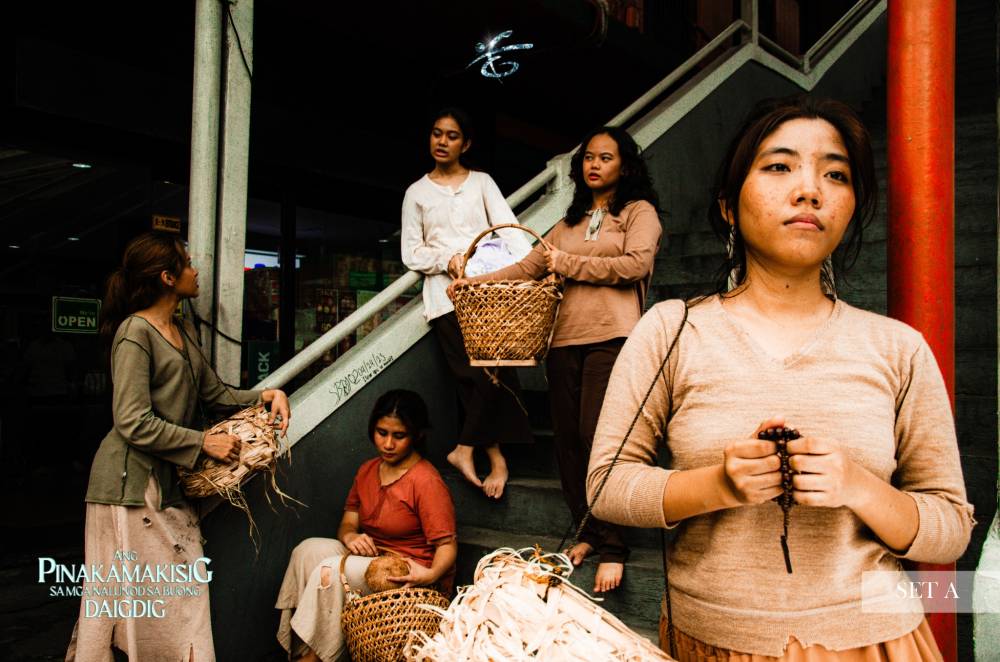
Don’t get wet
As you enter the Black Box Theater of the FEU Fine Arts Studio, you are greeted by what in the darkened hall looks like a swimming pool with shallow water, with candles glowing on both sides of the stage. Above are hung what look like seaweeds adorned by a rosary. The set design by Marc Nicolai Ducut and the production team is one of the outstanding features of the play.
Staffers distribute raincoats to those in the front rows, and you will soon see why. (This has been done before, when the Broadway musical “Singing in the Rain” was staged at the Theater at Solaire in 2015.)
Soon you become engrossed in the life of the fishing community, where the women are devout. There is a procession, the fisherfolk go about gathering shells, sing and dance. Life is routine until a young girl, who is supposed to be deaf mute, rummaging around what appear to be fishing nets, discovers the body of the said handsome, drowned man.
And the community is transformed.
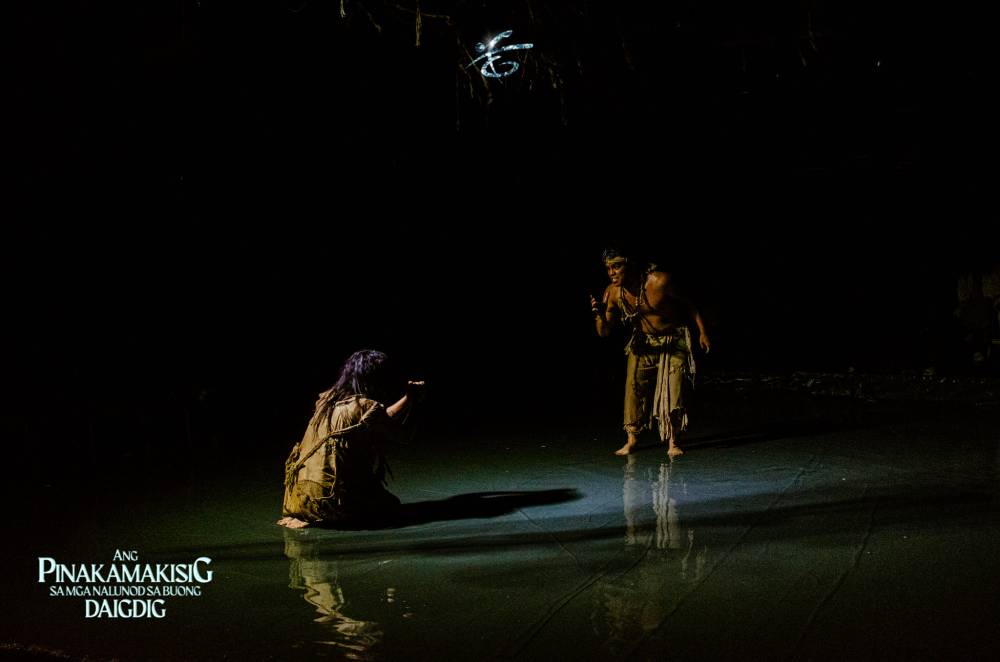
The women go gaga, and the men are puzzled over the excitement. There is almost an orgiastic reaction among the women.
Activities continue in the water. The players splash around, throw water at one another, and stomp their feet, causing those in the front rows to hold tight to their raincoats.
The men want to burn the body, while the women consider it a sign from heaven. Things to come to a head with a brawl in the water, as the lights flash off and on. It is a veritable war between the sexes, but the issue is settled in a mystical way.
“Pinamakisig” is directed by Teraña Peta (Philippine Educational Theater Association)-style, with confrontations and bellicose statements, with songs and mood music, choreography and adroit use of lights, controlled body movements, and a cast of talented leads and ensemble.
And since the director and composer are both Peta alumni, perhaps this play can be presented on the Peta stage next year, in a grand manner, with tightening of the dialogue and, just for variety, a different cast.















